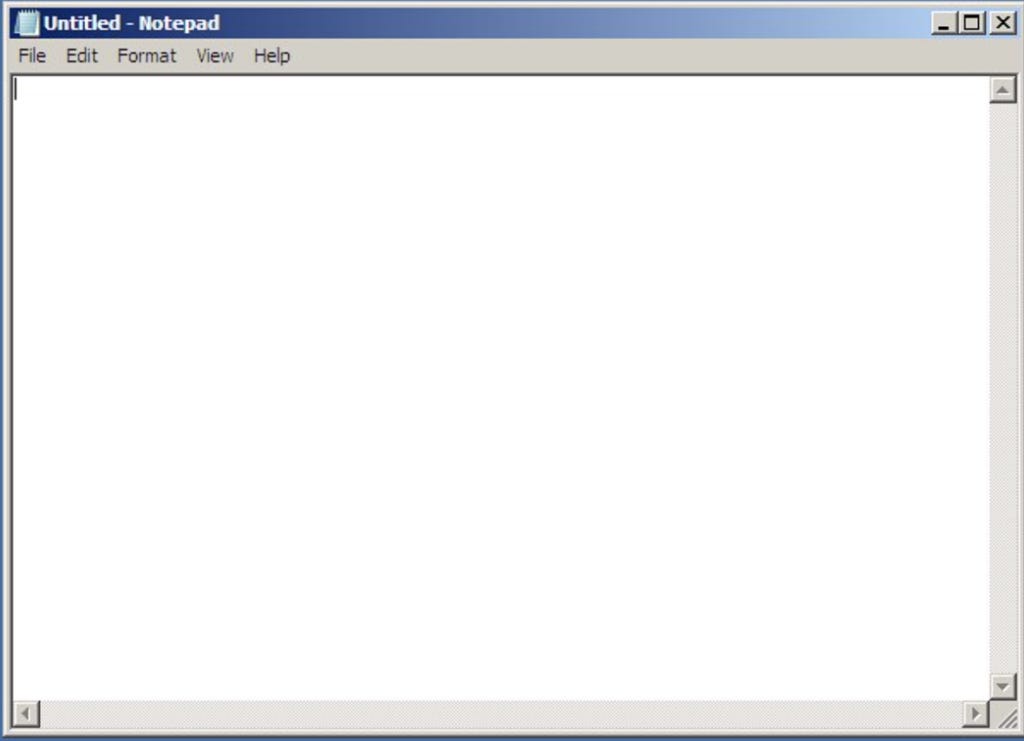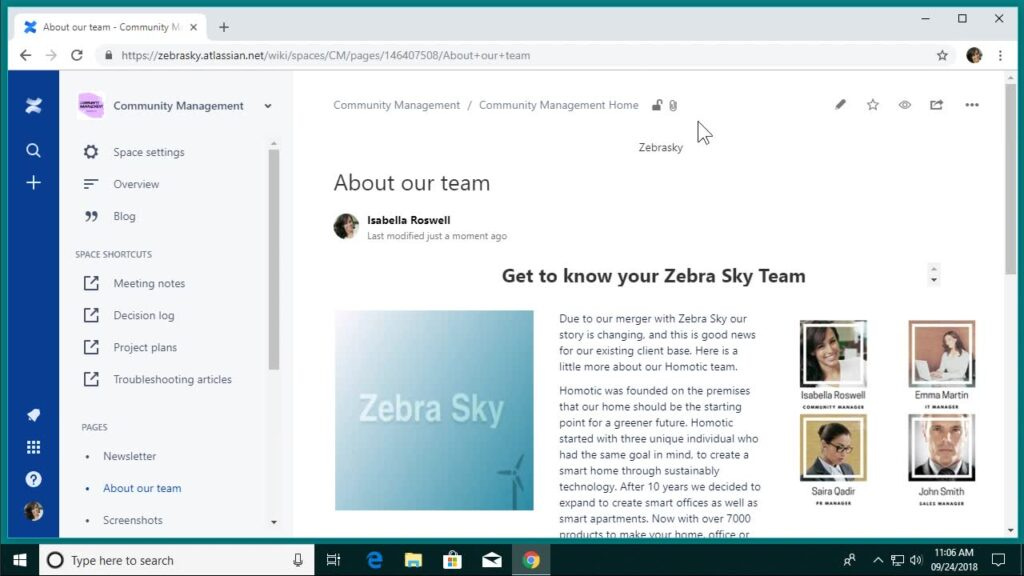Must-Have Note Taking Tools
From meeting notes to collaborative documentation - note taking is no longer just ruled paper notebooks
While there are a growing number of tools built for product management work, there are also many other generic tools that we must rely on for a large amount of the daily grind. These tools include presentation apps, spreadsheets, email, and note taking apps.
In this article I am going to focus on a few of my favorite tools for note taking, while highlighting their strengths and weaknesses from a product management perspective.
Simple Note Taking Apps
The most fundamental task of for any note taking app is simple text based notes. Product Managers record notes like:
Basic product ideas for follow-up
Recording a task list
Meeting notes, including research interviews
Drafting an article for your company newsletter
The most basic of these applications are the basic text editors: Notepad (Windows) and TextEdit (Mac).
The super utilitarian tools that just get things done. From quick meetings notes to viewing logs files an engineer sent you.
Developers and those that need to read source code files, will often replace these basic tools with slightly more powerful text editors, like Notepad++.
These tools, however, are so simple we will skip them for this discussion and focus on tools built for note taking.
Full Featured Modern Note Taking
No longer are simple text editors considered sufficient for productive note taking. Modern applications demand the ability to organize your notes, include various forms of rich text, and work on a single document repository across devices. With the cloud based storage of the repository comes the varying abilities to collaborate with others.
There are three major contenders in this category: OneNote, EverNote, and Apple Notes.
All of them are available for free, although, Apple Notes is limited to the Apple world of MacOS and iOS. As I am heavily in the Apple ecosystem, I happily use Apple Notes for my basic note taking - with limited need to share. It keeps slowly improving and has always been a super efficient UX on the iPhone.
EverNote does provide a paid tier, which expands its functionality starting at $7.99/month. I used to use EverNote a lot but then discovered that the OneNote or Notes worked good enough without the premium fees.
OneNote
Evernote
Apple Notes
From Notes to Collaborative Documentation
Frequently, I find that notes I am taking need to be shared with others. This is readily possible with the modern note taking apps already discussed. However, when it needs to go beyond sharing and into the realm of collaboration those tools begin to fall short.
This is where we get into the realm of what has historically been referred to as wikis but I like to think of now as documentation and collaboration tools. They may also be categorized with Document Management and blogging tools.
Currently, there are three leading candidates: Microsoft Sharepoint, Atlassian Confluence, and Notion.
Sharepoint is the defacto standard in organizations that have bought into the full Microsoft platform and subscribe to Office 365. It is tightly integrated with all the other office productivity tools, MS Teams, and enterprise social apps like Yammer. That said, many organizations that pay for it don't actually make full use of Sharepoint. Even the most current versions, feel old and cumbersome to work with.
For many development organizations that use the industry standard Jira for engineering task management, Confluence, becomes the obvious choice for document collaboration. It is nicely integrated with Jira but also many of the other tools found in technology companies like Slack and Google's GSuite. This makes it fit nicely in non-Microsoft shops.
Finally, the new kid on the block, is Notion. This is like a Swiss army knife of a note taking tool. It handles the wiki type document collaboration beautifully but then adds some robust data stores and task management workflow tools that can readily replace Trello or Monday from your kit.
For one my side product (Chainlinq) and for one of my major clients, I leverage Notion for everything from shared meeting note, requirements documentation, marketing work, product roadmaps, and project board task management. For design work I can readily embed Whimsical and Figma design work too.
When I am done, I will also be able to publish product documentation for customers right from my team workspace. That's a surprisingly powerful tool that, for me, started as an easy to use note taker.
While you can argue that Sharepoint provides similar functionality on paper, the difference in user-experience is night and day. Notion is stupid-simple. That said, there is no doubt the Sharepoint and Confluence support much more robust security and administrative controls.
Picking between any of these three is highly dependent on your organizations needs.
Sharepoint
Confluence
Notion
Roam Research
I don't think there are other tools that are as well loved or popular as Roam, so I am giving it an entire category of note taking apps for itself. Roam Research is a note taking powerhouse with the magical capability of helping you connect thoughts automatically across notes.
The power behind Roam is that it will automatically create a network graph of topics from high level down to the very granular level. This note taking tool is not the same general purpose app as Notion. Instead it is really focused, in my opinion, on research activities.
For product managers, this can be hugely useful for conducting market research, competitive analysis, customer research, and technology research. The links that develop among topics can help uncover stronger areas of interest to focus your priorities around.
You can then visualize this as an interactive network graph.
Roam is definitely not for everyone. In fact, they make that clear but not offering a free tier at all. It starts are $15/month but they pitch their "Believer" tier at $500/5 years. Wow!
You really need to be a believer in this tool to pay $500 for a 5 year commitment to a company that has only existed for just over 3 years.
Conclusion
There are many more tools out there for note taking. In fact, a nice Word Doc has served many people just fine for decades. Others will say they live by Google Keep. That is all well and good, but those really are not the future of note taking.
The tools above are broken into categories that highlight how, it is conceivable, to have multiple apps for note taking depending on your context and purpose. Basic quick tool and something more robust for enterprise collaboration.
If you must pick just one: Notion wins. If you must have just one tool, this is the one.








